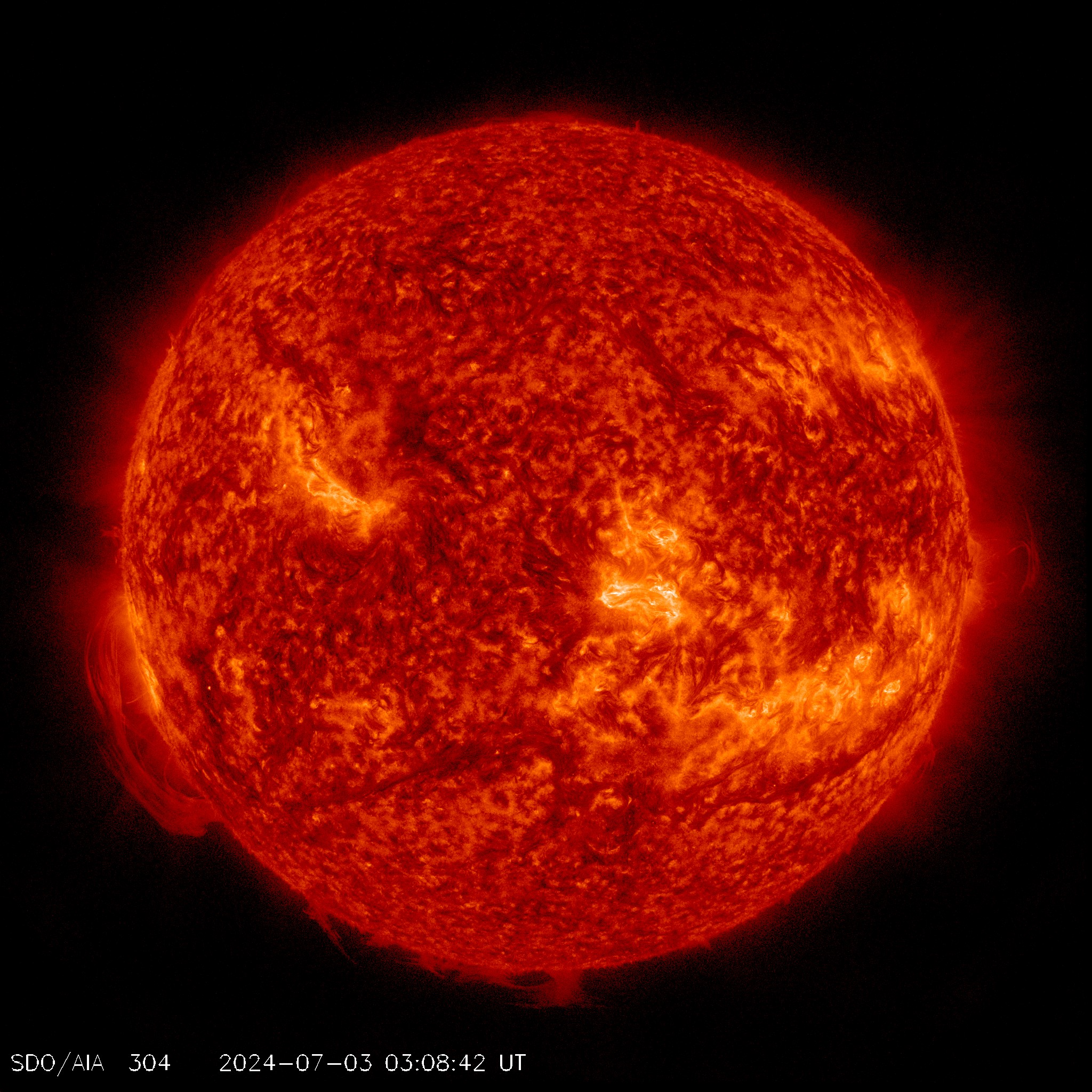USGSistul
New member
- Înscris
- 28 Apr 2009
- Mesaje
- 983
- Scor reacție
- 0
The Very Latest SOHO Images 14 oct / 9:30 EEST
[attachment=6719:200910/post_1636_1255501617_19f850d6b6886160015921d52f5d6a28.attach][attachment=6720:200910/post_1636_1255501637_c1e913e005f5ae7ed9c138ef1486c8d9.attach][attachment=6721:200910/post_1636_1255501658_e64a193edc17be165c2fe06dfeceaee0.attach][attachment=6722:200910/post_1636_1255501673_937b629916d06d68d1d7e892b47a7a86.attach]
[attachment=6719:200910/post_1636_1255501617_19f850d6b6886160015921d52f5d6a28.attach][attachment=6720:200910/post_1636_1255501637_c1e913e005f5ae7ed9c138ef1486c8d9.attach][attachment=6721:200910/post_1636_1255501658_e64a193edc17be165c2fe06dfeceaee0.attach][attachment=6722:200910/post_1636_1255501673_937b629916d06d68d1d7e892b47a7a86.attach]













